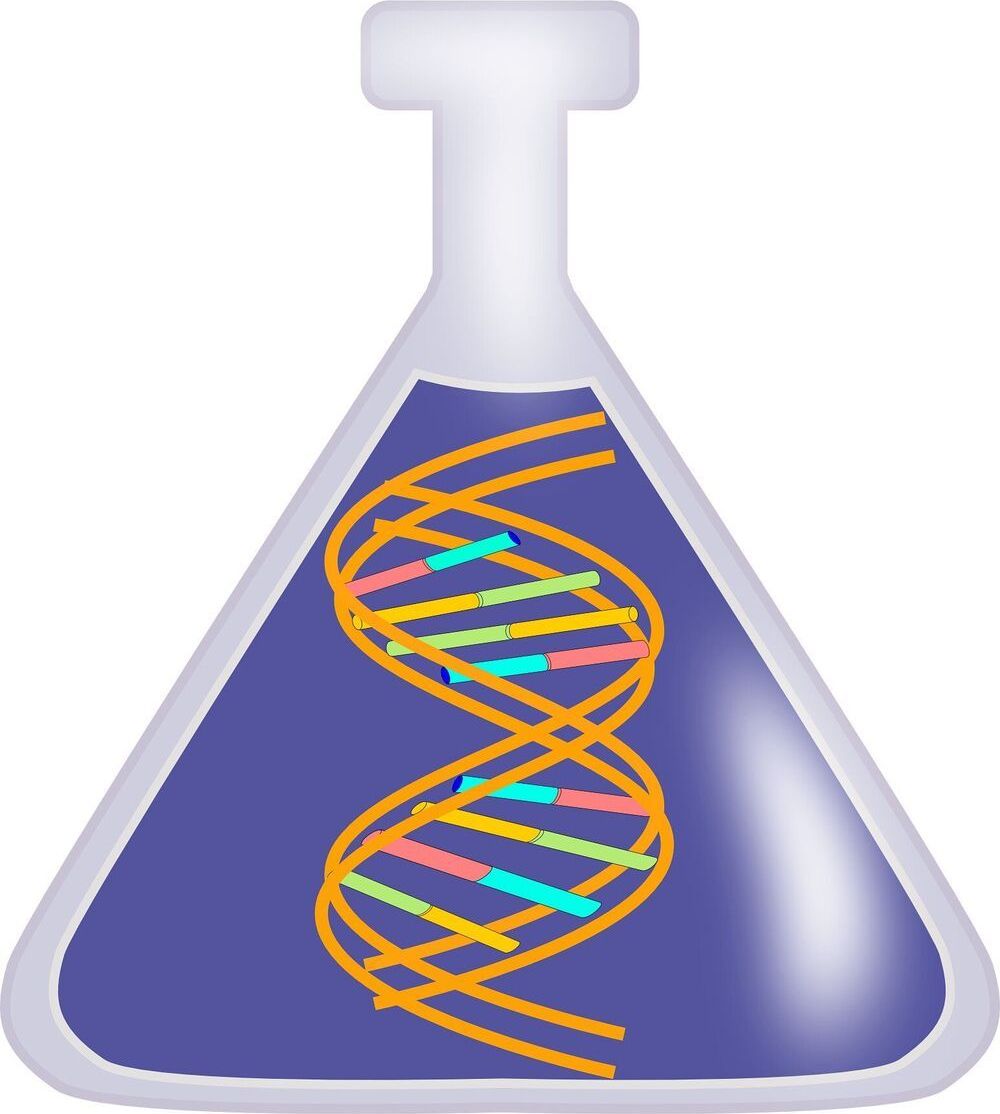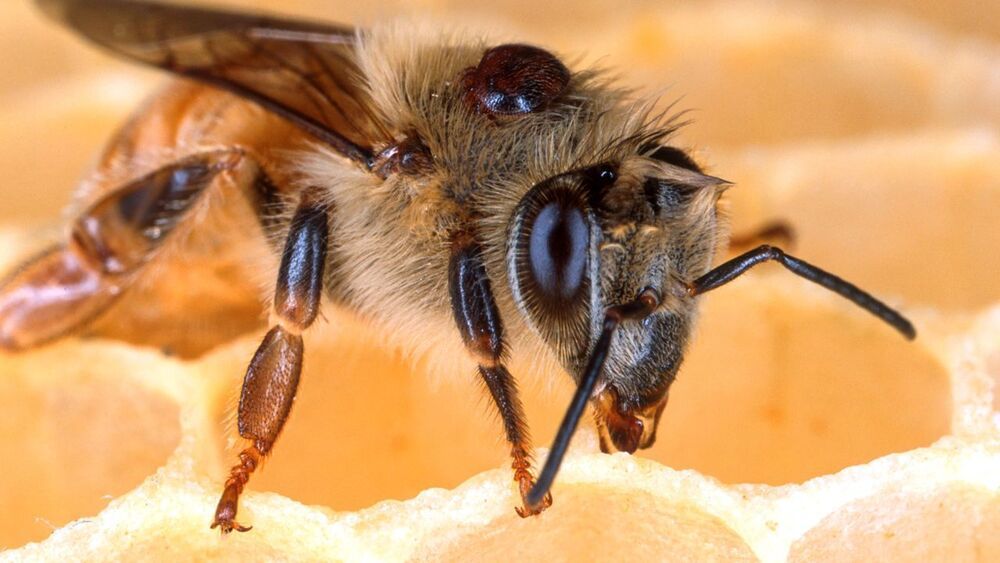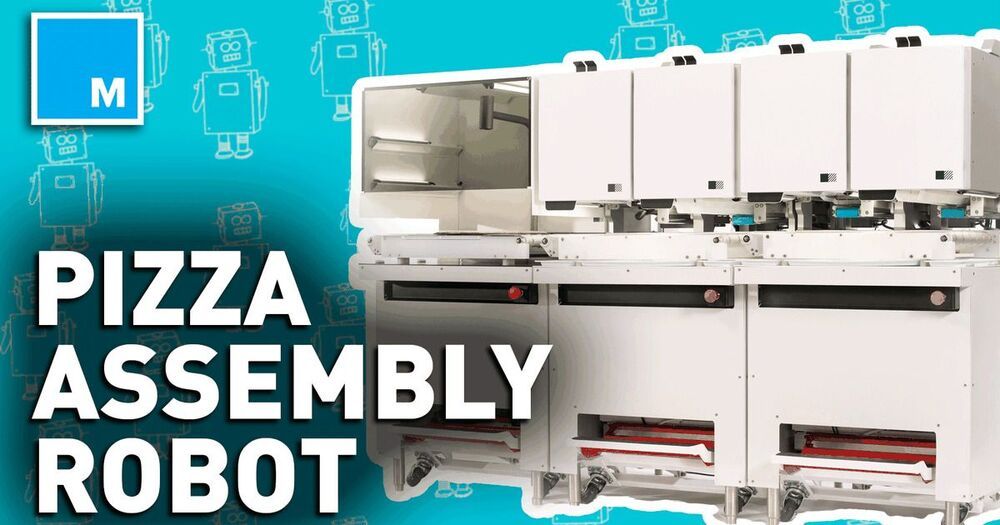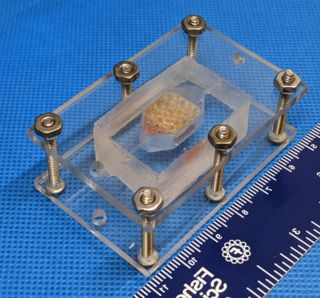Cells contain machinery that duplicates DNA into a new set that goes into a newly formed cell. That same class of machines, called polymerases, also build RNA messages, which are like notes copied from the central DNA repository of recipes, so they can be read more efficiently into proteins. But polymerases were thought to only work in one direction DNA into DNA or RNA. This prevents RNA messages from being rewritten back into the master recipe book of genomic DNA. Now, Thomas Jefferson University researchers provide the first evidence that RNA segments can be written back into DNA, which potentially challenges the central dogma in biology and could have wide implications affecting many fields of biology.
“This work opens the door to many other studies that will help us understand the significance of having a mechanism for converting RNA messages into DNA in our own cells,” says Richard Pomerantz, Ph.D., associate professor of biochemistry and molecular biology at Thomas Jefferson University. “The reality that a human polymerase can do this with high efficiency, raises many questions.” For example, this finding suggests that RNA messages can be used as templates for repairing or re-writing genomic DNA.
The work was published June 11th in the journal Science Advances.









